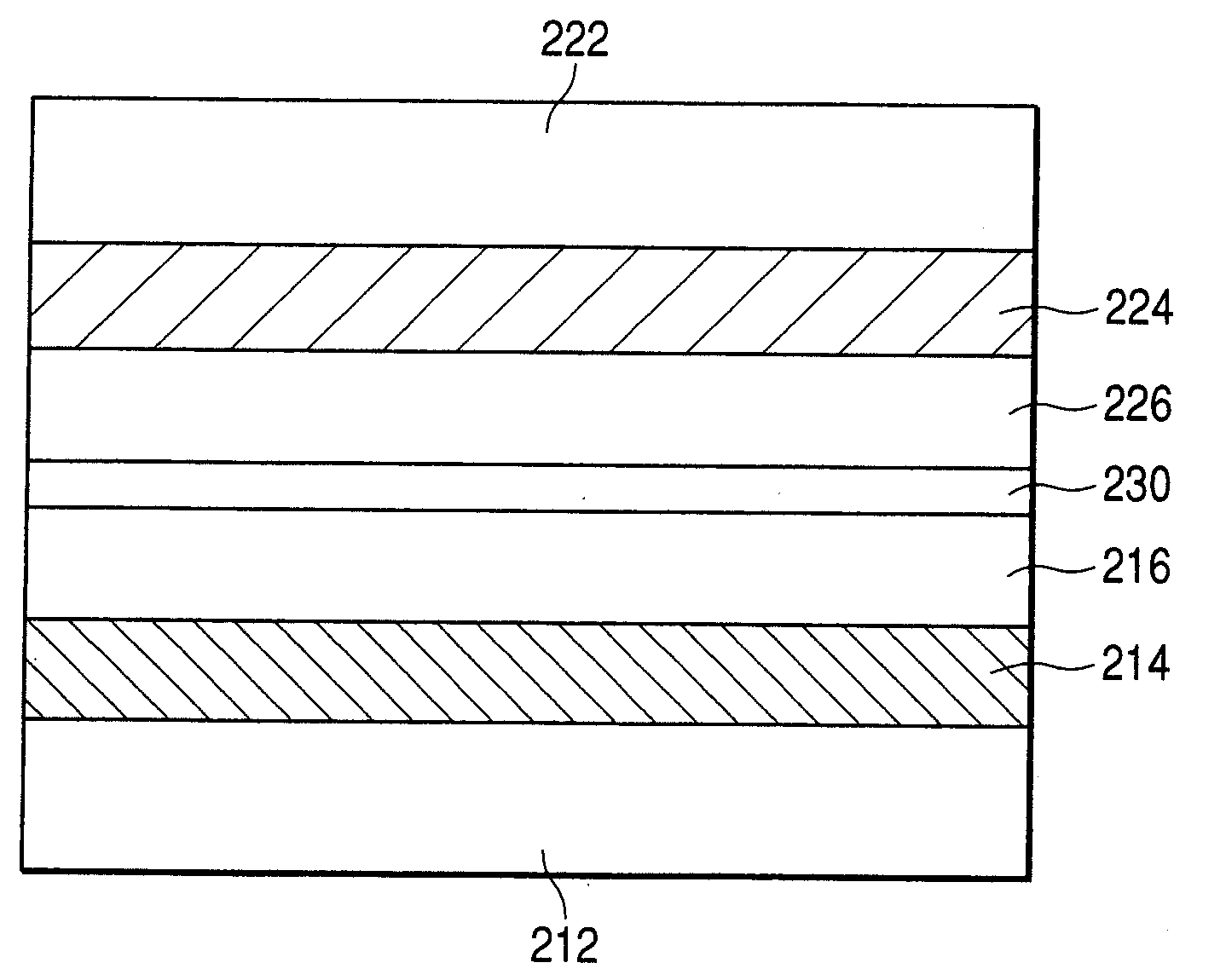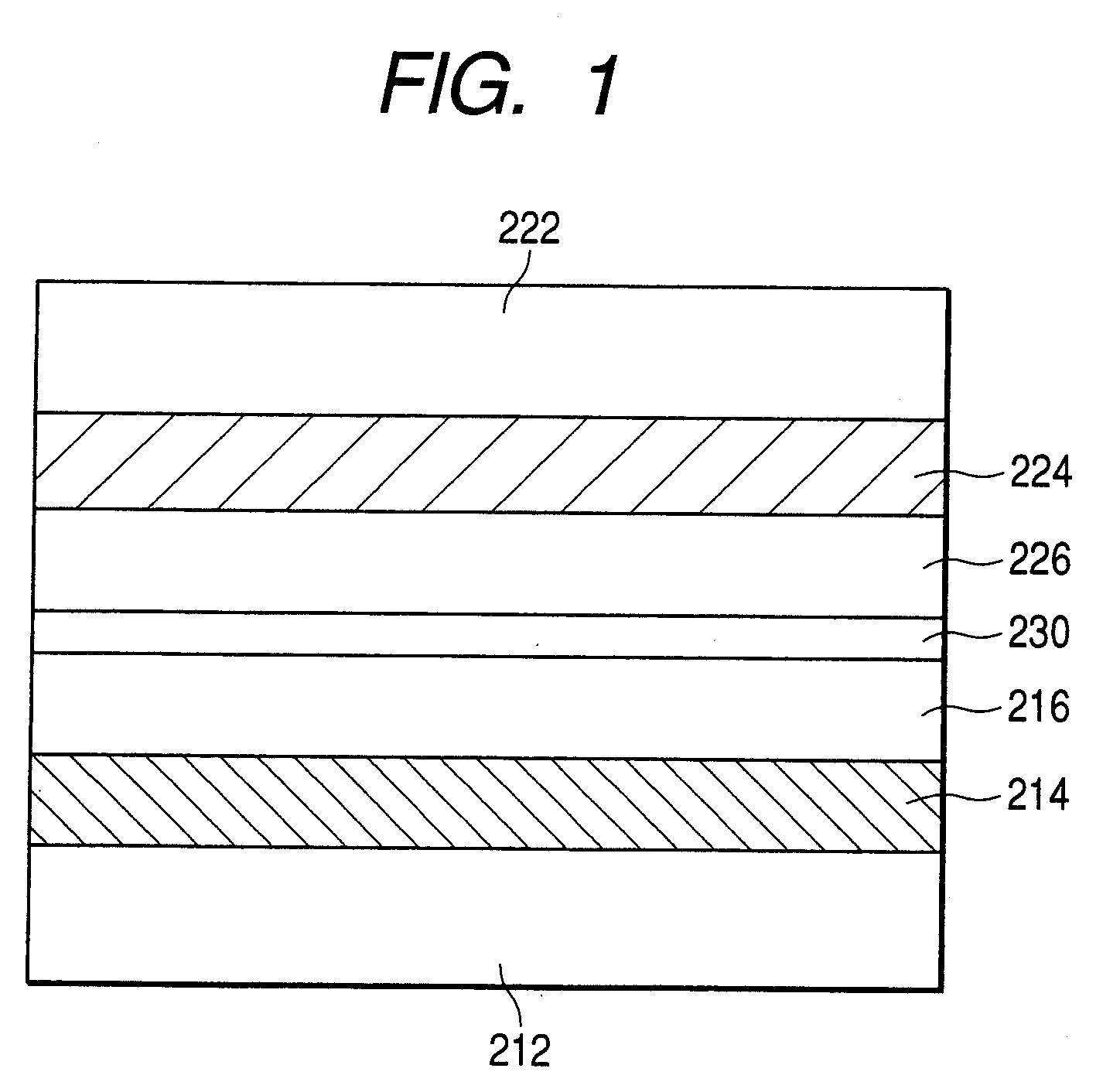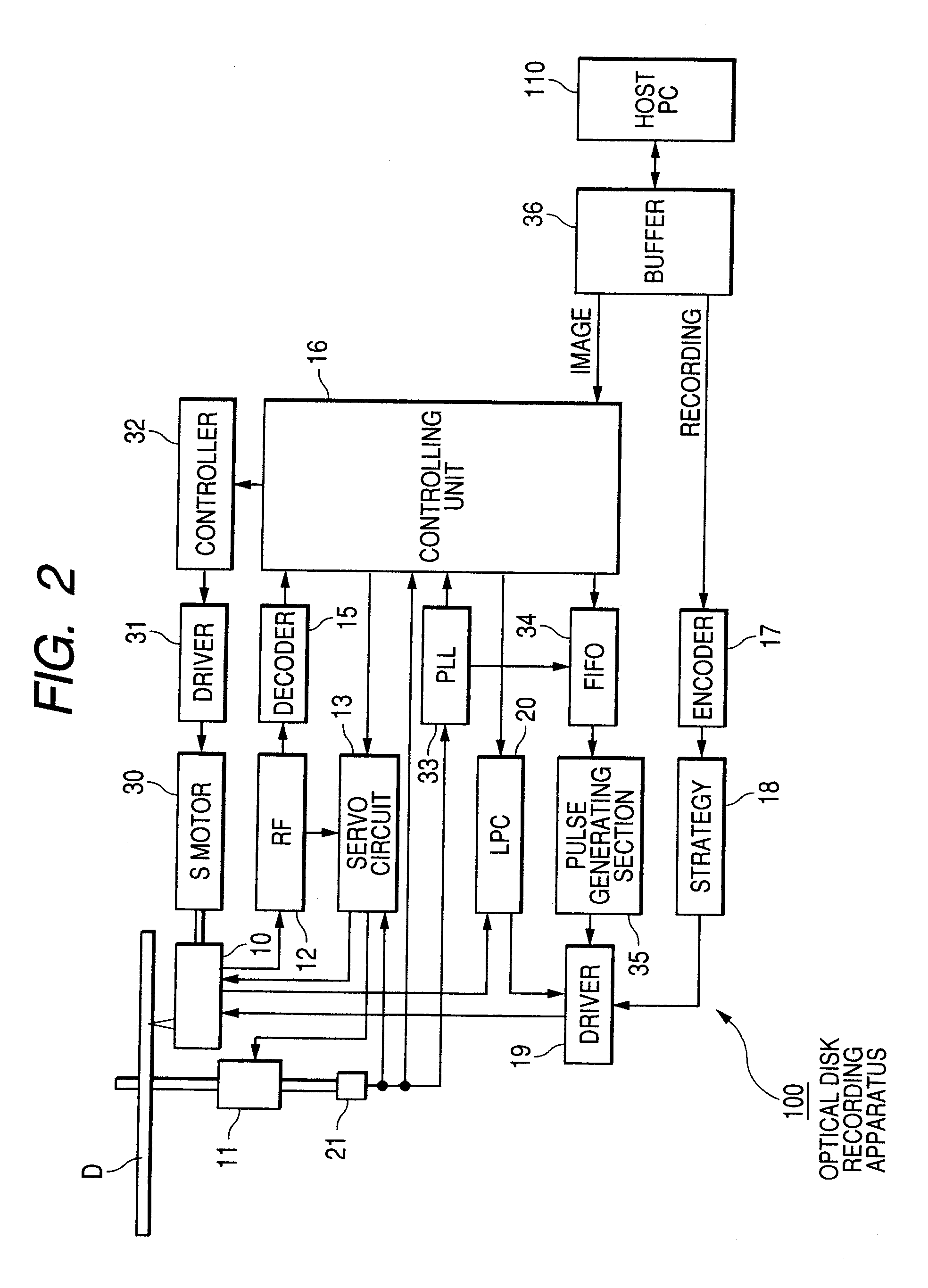Optical information recording medium, image-recording method and method of utilizing a dye
- Summary
- Abstract
- Description
- Claims
- Application Information
AI Technical Summary
Benefits of technology
Problems solved by technology
Method used
Image
Examples
modified example 1
[0309]While high or low density of a visible image to be formed in the visible image-recording layer of the optical disk D is expressed in the above-mentioned embodiment by controlling the time of irradiating with the laser light in accordance with the gradation degree of each coordinate included in the image data in accordance with the visible image fed from the host PC 110, high or low density of a visible image may also be expressed by changing write level of the laser power irradiated in accordance with information showing gradation degree of each coordinate. For example, when the visible image-forming layer of the optical disk D has such characteristic properties that degree of change in color gradually changes in accordance with the amount of thermal energy to be applied thereto as is shown in FIG. 19, the degree of change in color will change like D1, D2 or D3 by applying thereto a varying energy of E1, E2 or E3. Therefore, with the optical disk D having formed therein the vi...
modified example 2
[0316]In the above-described embodiment, the laser light irradiation position is moved so that almost no gap is left all over the surface of the optical disk D by performing feed control of moving the optical pickup 10 in a given amount in the diameter direction on the peripheral side when a visible image is formed by irradiating with the laser light while the optical disk D makes one rotation starting from the standard position. However, there exists a case where the mechanism of driving the optical pickup 10 in the diameter direction cannot control the driving amount in the unit of 20 μm. With an optical disk recording apparatus having such driving mechanism, area of spaces on the optical disk D which cannot be irradiated with the laser light increases and, as a result, quality of the visible image formed in the visible image-recording layer of the optical disk D becomes deteriorated.
[0317]Therefore, in the case where the driving means for moving the optical pickup D in the diamet...
modified example 3
[0319]Also, while the optical disk recording apparatus 100 of the above embodiment employs a CAV system wherein the laser light is emitted toward the optical disk D rotated at a constant angular velocity to form a visible image, there may be employed a CLV system wherein the linear velocity of the optical disk D is constant. As has been described hereinbefore, in the case of employing the CAV system, it is necessary to increase the write level of the irradiated laser light as the laser light irradiation position moved toward the peripheral side of the optical disk D in order to form a visible image with high quality. With the CLV system, however, it is not necessary to change the write level value. Therefore, it never occurs that image quality of an image formed in the visible image-recording layer of the optical disk D is deteriorated due to variation of the target laser power value.
PUM
 Login to View More
Login to View More Abstract
Description
Claims
Application Information
 Login to View More
Login to View More - R&D
- Intellectual Property
- Life Sciences
- Materials
- Tech Scout
- Unparalleled Data Quality
- Higher Quality Content
- 60% Fewer Hallucinations
Browse by: Latest US Patents, China's latest patents, Technical Efficacy Thesaurus, Application Domain, Technology Topic, Popular Technical Reports.
© 2025 PatSnap. All rights reserved.Legal|Privacy policy|Modern Slavery Act Transparency Statement|Sitemap|About US| Contact US: help@patsnap.com



